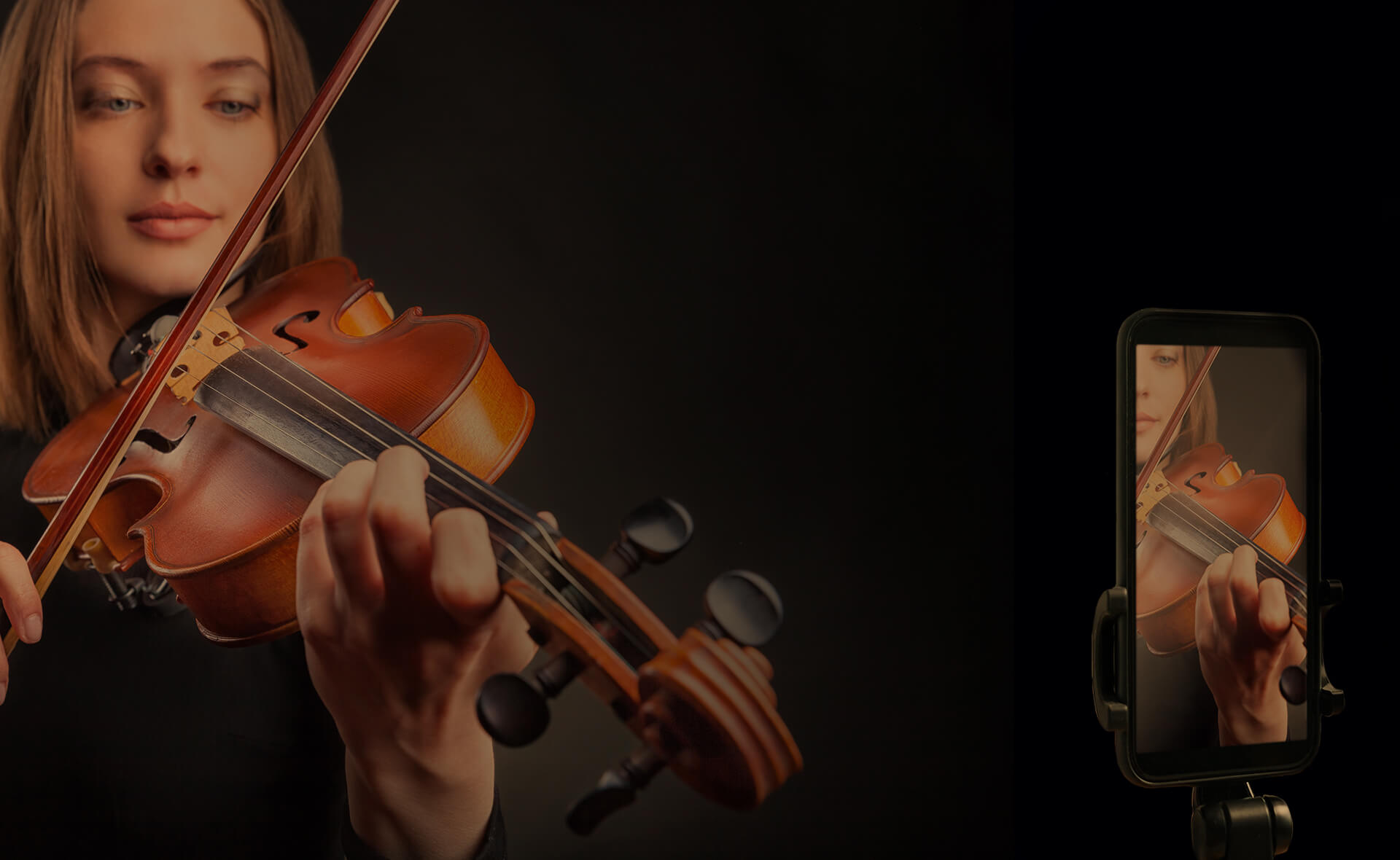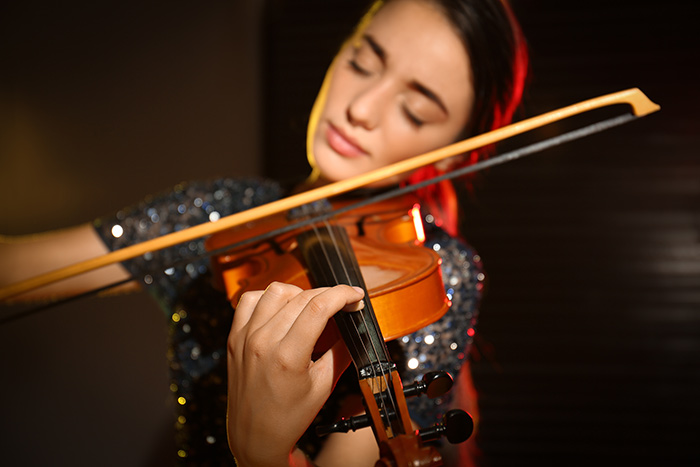As a violinist, you may have spent hours perfecting your playing technique, focusing on scales, performances, and the joy that comes with making beautiful music.
However, something often overlooked is the importance of protecting your body while you play.
Violin playing, though rewarding, can place strain on certain muscles and joints, leading to repetitive strain injuries (RSI), poor posture, and long-term physical discomfort.
The good news?
There are simple and effective steps you can take to prevent injuries and ensure that your musical journey remains as smooth as your bow strokes.
In this article, we’ll explore some essential tips for preventing injuries as a violinist and ensuring that your musical journey remains pain-free.

1. Perfect Your Posture
One of the most common causes of violin-related injuries is poor posture.
When you’re sitting or standing incorrectly, it can place unnecessary strain on your neck, shoulders, and back.
The key is to stay aligned and balanced while playing.
- Head and Neck: Keep your head up and your neck relaxed. Avoid craning your neck forward or tilting it to one side to compensate for poor alignment.
- Shoulders: Your shoulders should be down and relaxed. Tension in the shoulders is a major contributor to injury. Consider checking your posture regularly during practise and making adjustments.
- Back: Maintain a straight back, whether sitting or standing. A curved back can lead to chronic pain over time.
Try standing in front of a mirror while playing, or even recording yourself, to spot any posture imbalances. Small adjustments can make a big difference.

2. Take Frequent Breaks
It’s tempting to practise for hours on end, especially when you’re preparing for a performance or learning a challenging piece.
But your body needs rest.
Just like any athlete, a violinist’s body must be given time to recover and prevent overuse injuries.
The 20-20 rule is a great strategy: after every 20 minutes of playing, take a 5-minute break.
Stand up, stretch your arms, rotate your neck, and walk around. These small, frequent breaks help maintain flexibility and reduce the risk of muscle stiffness.

3. Stretch and Strengthen Your Muscles
Just as your fingers need to be agile, your entire body needs to be flexible and strong to support your violin playing.
Focus on stretching and strengthening the muscles that are most used while playing the violin: your neck, shoulders, arms, wrists, and back.
- Neck and Shoulder Stretch: Tilt your head slowly to one side and hold it for 20-30 seconds. Repeat on the other side.
- Wrist Stretch: Extend your arm and gently pull your hand back towards your body, feeling a stretch along your forearm.
- Back Stretch: Try seated spinal twists to release tension in the lower back.
Incorporating yoga or pilates into your routine can also be incredibly beneficial for building strength and flexibility in the muscles crucial for playing the violin.

4. Use the Right Equipment
Sometimes, injury prevention starts with your equipment.
The right violin and bow are essential, but so is finding the perfect chin rest and shoulder rest.
These accessories should be customised to fit your body, helping you maintain a comfortable posture and avoid strain.
- Chin Rest: A chin rest that suits your face shape and neck length is vital for preventing neck and shoulder strain. If it’s uncomfortable, consider getting a new one that better suits you.
- Shoulder Rest: A good shoulder rest will help distribute the weight of the violin evenly, preventing shoulder and back tension. Try different models to see which one feels most natural for you.
You may find that making small adjustments to your setup, like positioning the violin slightly higher or lower, can make a significant difference in your comfort and reduce the risk of injury.

5. Listen to Your Body
One of the most important aspects of injury prevention is learning to listen to your body.
If you’re feeling any pain, discomfort, or tension while playing, it’s essential to stop and assess what might be wrong.
Playing through pain will only worsen the injury and hinder your progress.
If you start feeling soreness, stiffness, or pain in any part of your body, it’s a good idea to consult a physiotherapist or an expert who understands the physical demands of violin playing.
Early intervention can prevent small issues from becoming chronic conditions.

6. Work on Relaxation Techniques
While playing the violin requires focus and precision, it’s crucial to remain relaxed.
Tension in your muscles can not only impact your sound but also lead to injuries over time. Try to focus on relaxing your arms, hands, and shoulders as you play.
Mindfulness exercises or deep breathing techniques can help you stay calm and prevent tension from building up.
When you’re calm, your playing will flow more easily, and your muscles will remain relaxed.

Conclusion: Play Smart, Play Safe
Injuries may seem like an inevitable part of being a musician, but with the right techniques and self-care practises, you can avoid most common injuries and ensure that you continue to play the violin with comfort and joy for years to come.
Focus on good posture, take regular breaks, stretch and strengthen your muscles, and listen to your body when it tells you to rest.
By incorporating these healthy habits into your daily routine, you’ll be setting yourself up for long-term success in your violin playing.
Your instrument is a lifelong companion, and taking care of your body will ensure that you can play your favourite pieces with ease and enjoyment for many years ahead.
Happy playing!








